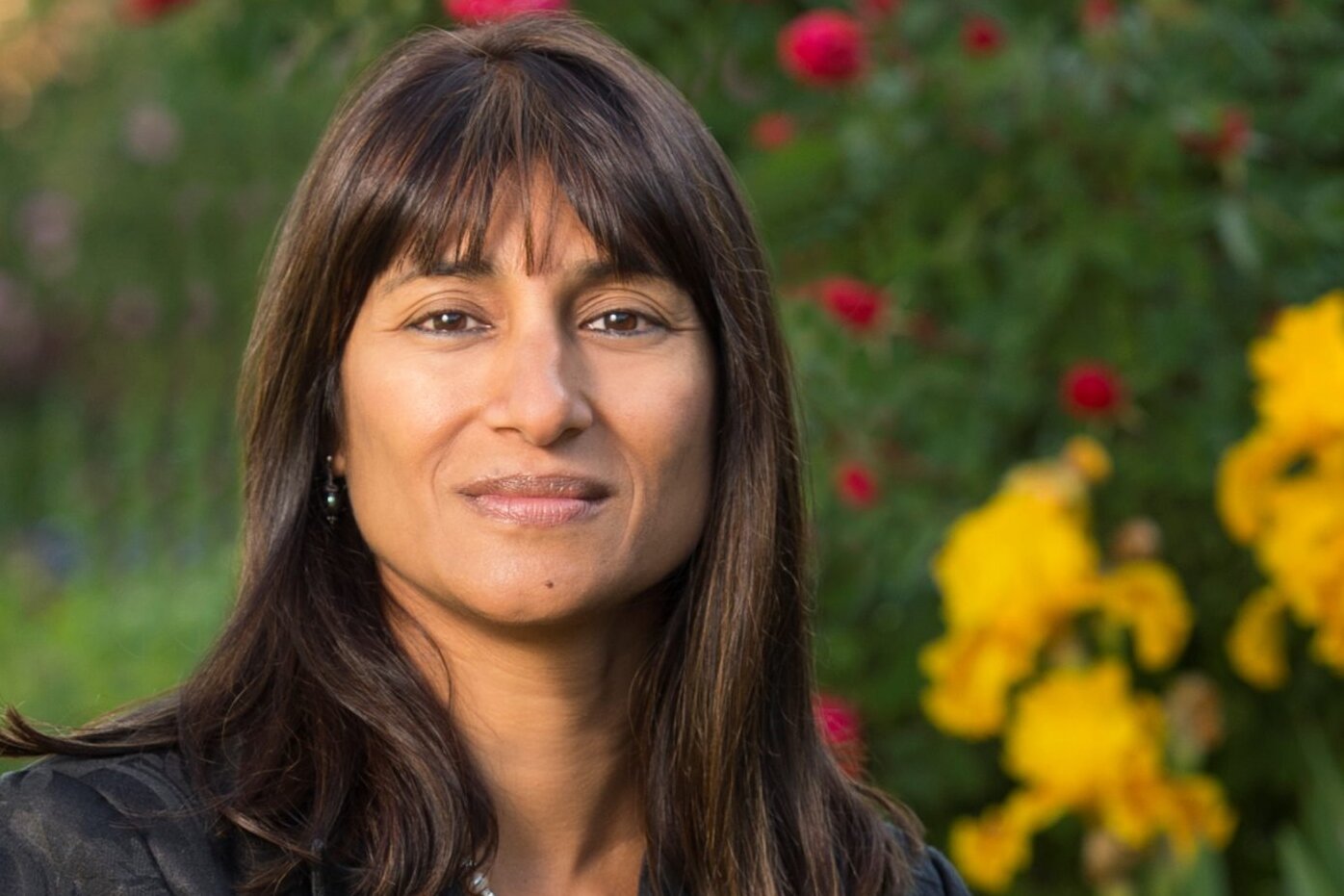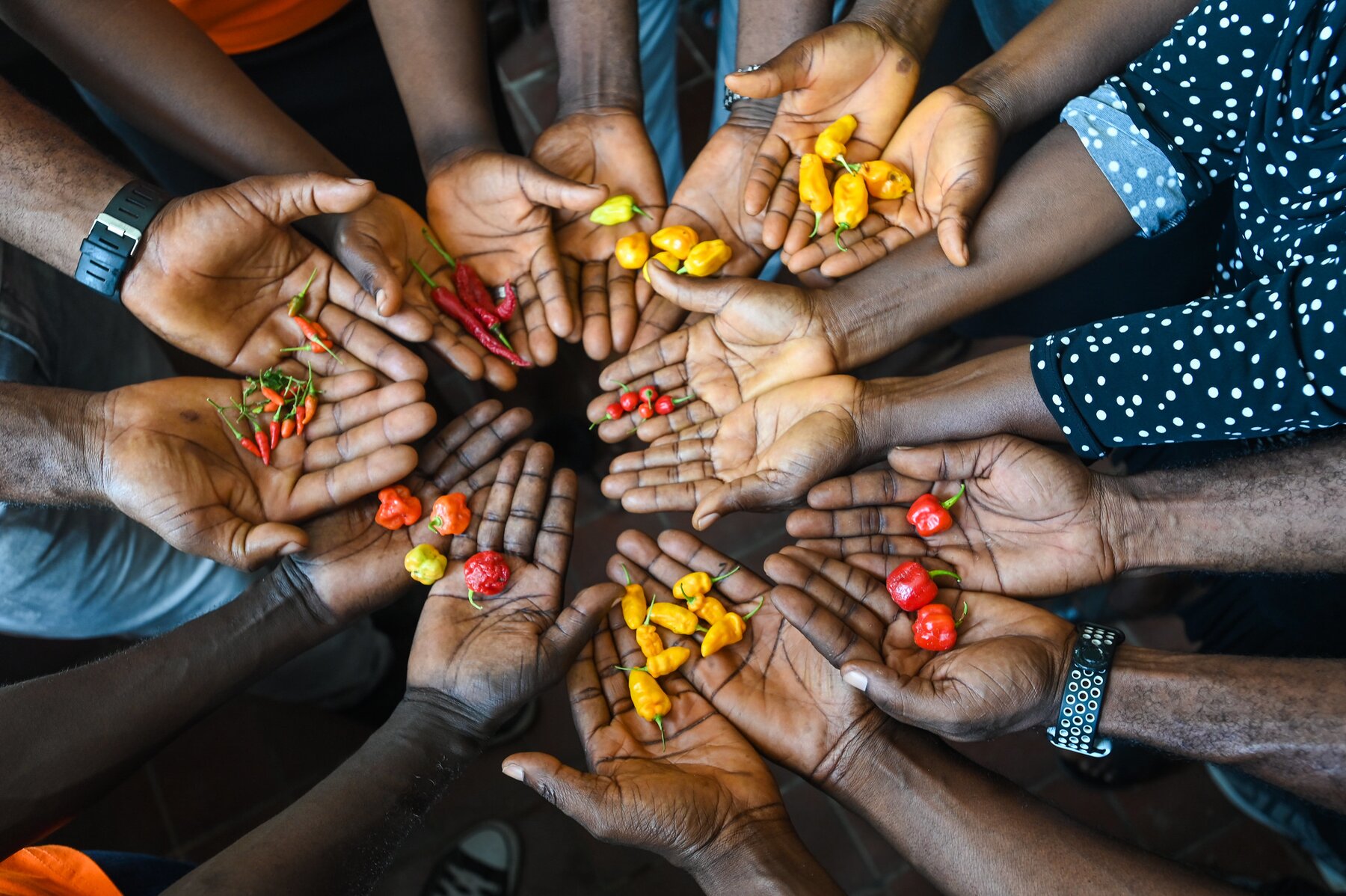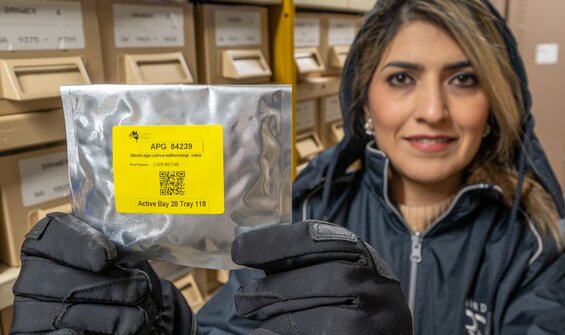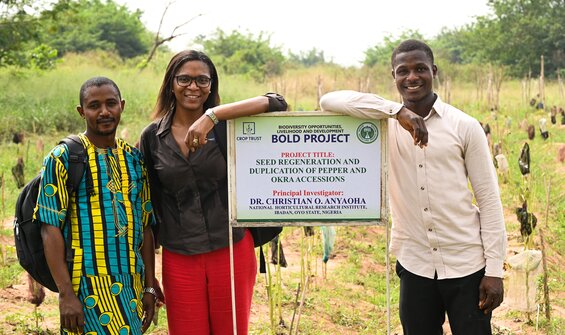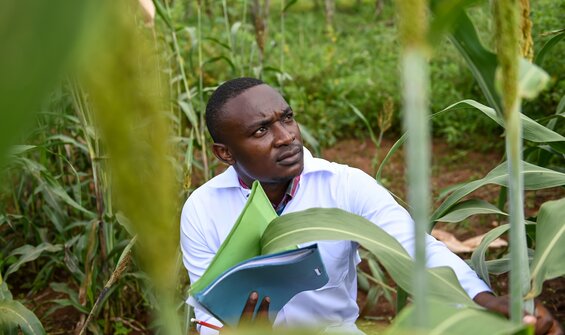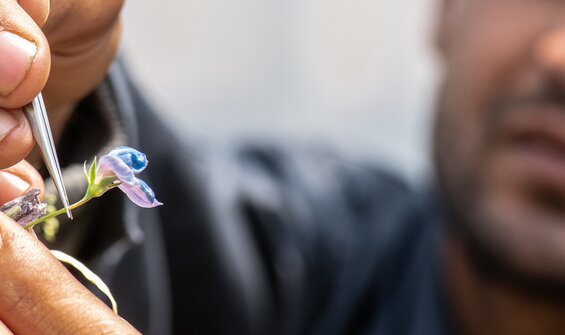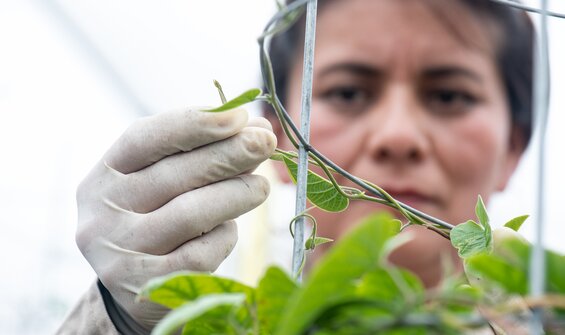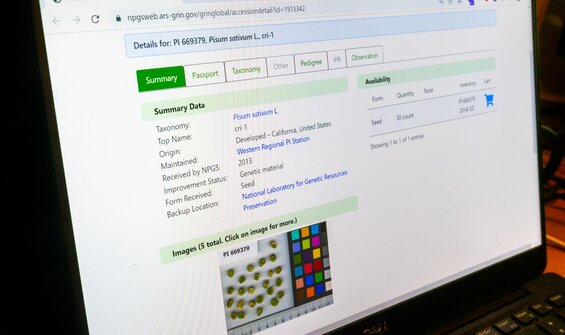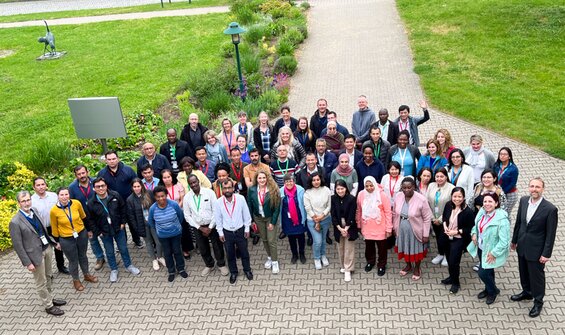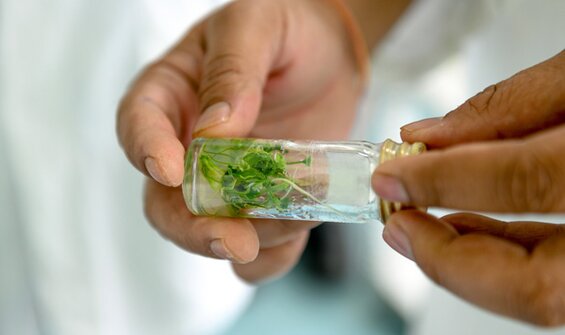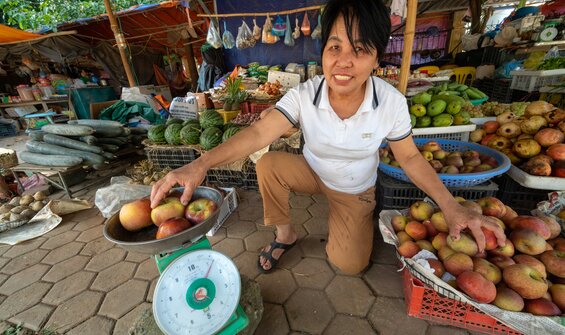
2022 has been a year with two different sides
Read full message
2022 has been a year with two different sides.
On the one hand, the world is ramping up its efforts in fighting climate change. With the world gradually opening up following the challenges of the COVID-19 pandemic, several countries, including the United States of America and Australia, enacted legislation aimed at curbing climate change. And, at COP27, countries agreed to develop new funding arrangements that can mobilize resources to help developing economies suffering from the impacts of climate change.
On the other hand, time for us to do something about it is running out, one grain of sand at a time. We are experiencing the resurgence of climate change-related disasters—devastating floods in Pakistan and China, record-breaking heatwaves in the US and Europe, long-term drought in the Horn of Africa and in large parts of the US, to name but a few.
And on top of this, the conflict in Ukraine demonstrated once again just how interconnected—and vulnerable—the world’s food systems are.
Genebanks and the invaluable—and irreplaceable—collections of crop diversity they hold are the foundation on which we will build a food- and nutrition-secure future. But many genebanks are neglected, underfunded and at risk from the vagaries of the climate and conflict, as Ukraine and Yemen demonstrated.
The Crop Trust is at the forefront of efforts to ensure that genebanks around the world receive the recognition and support that they must have if they are to fulfil their missions. We are putting in place components of the systems that are needed to achieve this, including the Crop Trust’s endowment-driven funding approach, a strong project portfolio, and actions such as the Emergency Reserve for Genebanks, which made its first disbursement in 2022 to support the genebank in Yemen.
The Crop Trust is in the process of developing its strategy to 2030, constructed around three goals: (i) to provide long-term funding for essential operations of key genebank collections globally; (ii) to boost project-based funding for genebanks to upgrade their facilities, conserve crop diversity in genebanks and increase the availability of crop diversity to farmers, plant breeders and researchers; and (iii) to significantly raise global awareness of the importance of crop diversity. The ultimate objective is the establishment of a global partnership to provide a collective effort for an effective, goal-oriented and sustainable global genebank system.
The Executive Board is delighted to see the progress the Crop Trust is making toward this vision and championing the cause of genebanks and crop diversity. The Crop Trust is working on innovative funding strategies as well as a growing portfolio of exciting projects that have already strengthened numerous genebanks and delivered new diversity into the hands of farmers and breeders.
The Executive Board experienced changes of its own, with the departure of Marcio de Miranda Santos (2017‒22) and Hanne Blåfjelldal (2020‒22). I thank them for their service on the Board and wish them the very best for the future.
We were deeply saddened by the death of our esteemed CGIAR colleague, Crop Trust Executive Board Member and friend Barbara Wells. May her passion for science and crop diversity inspire us all.
Finally, I would like to express my heartfelt gratitude to all of the Crop Trust’s staff and partners in making 2022 a success. This report is a tribute to your work.
Thank you,
Catherine Bertini
Chair of the Executive Board, Crop Trust
Much has shown us that "normal" is a thing of the past
Read full message
At the beginning of 2022, many of us expected this to be a year when life began to return to normal after the ravages of the COVID-19 pandemic. But while we have gradually begun to return to the office and resume face-to-face engagements with our partners, much has shown us that normal is a thing of the past.
The catastrophic floods in Pakistan and the long-term droughts in places as far apart—both physically and economically—as the Horn of Africa and the western United States demonstrate the impacts of the climate crisis on the daily lives of millions of people.
When the war started in Ukraine—the world’s fifth-largest wheat exporter—we again realized how fragile and interconnected food systems are: Its essential shipments to developing countries in Africa and the Middle East were now hindered.
Later, when a research facility near Ukraine’s national genebank in the northeastern city of Kharkiv was bombed, we were again sadly reminded of the risks facing crop diversity collections in times of conflict. Fortunately, the genebank itself was not damaged. But if it had been—with only 4 percent of its collection backed up at the Svalbard Global Seed Vault—basically the whole collection could have been lost. Genebanks, and the seeds that they safeguard, are fragile and need care.
The world’s diverse crop collections offer a lasting, sustainable solution to the hunger and famine that are among the most brutal consequences of the climate crisis. The diversity that genebanks hold will allow us to breed and grow tomorrow’s crops—including fruits, vegetables, cereals and tubers.
And yet genebanks around the world are still underfunded, and seeds still need saving in order to achieve this security.
The Crop Trust continues to play a leading role in pursuit of these goals. We support the world’s most important genebanks from our Endowment Fund, which is at the heart of our mission. But our work does not end there. We also address gaps in the global system for the conservation of crop diversity through projects that closely complement the work funded by the endowment.
In 2022, we neared the completion of a major multi-year initiative—the breathing new life into the Global Crop Conservation Strategies Project—and made major strides forward on a Project called Biodiversity for Opportunities, Livelihoods and Development (BOLD), which began in 2021. In 2022, we also began the Sweetpotato Project.
During 2022, we opened the doors of the Svalbard Global Seed Vault—the ultimate backup facility for the world’s crop diversity—on three occasions, and welcomed new depositors from national genebanks in Iraq, Lithuania, Spain and Uruguay. The increasing number of countries in the Seed Vault family bodes well for the global drive to conserve the genetic diversity that scientists depend on to breed new varieties and that farmers need to continue feeding us all.
In addition to our projects and our work with hundreds of partners around the world, we have increased our participation in global events to raise awareness of the vital role of crop diversity in our shared food and nutrition security. This awareness-raising is now an integral part of what we do and a central feature of the Crop Trust strategy to 2030, which was drafted in 2022 and will be completed in 2023.
In addition to participation in many global events, in September the Crop Trust hosted a stakeholders' gathering to celebrate crop diversity in Bonn, Germany. It featured keynote addresses and panel discussions on policy aspects of harnessing crop diversity to improve food security in developing countries, and on the indispensable role that nature plays in creating a resilient food system.
In 2022, for the first time ever, the Crop Trust participated in the United Nations Climate Change Conference. At the 27th Conference of the Parties (COP27) in Sharm el-Sheikh, Egypt, I delivered a statement during a high-level segment to help put food security and agriculture on the climate agenda. This special focus at the event culminated in the launch of a new initiative aimed at raising finance to transform agriculture by 2030.
The following month, I also had the opportunity to participate in the 15th meeting of the Conference of the Parties to the Convention on Biological Diversity (COP15), held in Montreal. There, I took part in a session titled “From targets to action: How to implement food-related targets of the post-2020 Global Biodiversity Framework,” together with colleagues from CGIAR, the United Nations Environment Programme and the World Wide Fund for Nature. The session presented global examples of successful practices that use food systems as pathways to helping countries meet their food-related targets of the Post-2020 Global Biodiversity Framework.
I am immensely proud of what we have achieved together with our partners. I am profoundly thankful to my staff, research and funding partners, and everyone who takes the time to savor and support crop diversity.
Thank you for your support and partnership. I hope you enjoy reading this report.
Sincerely,
Stefan Schmitz
Executive Director, Crop Trust
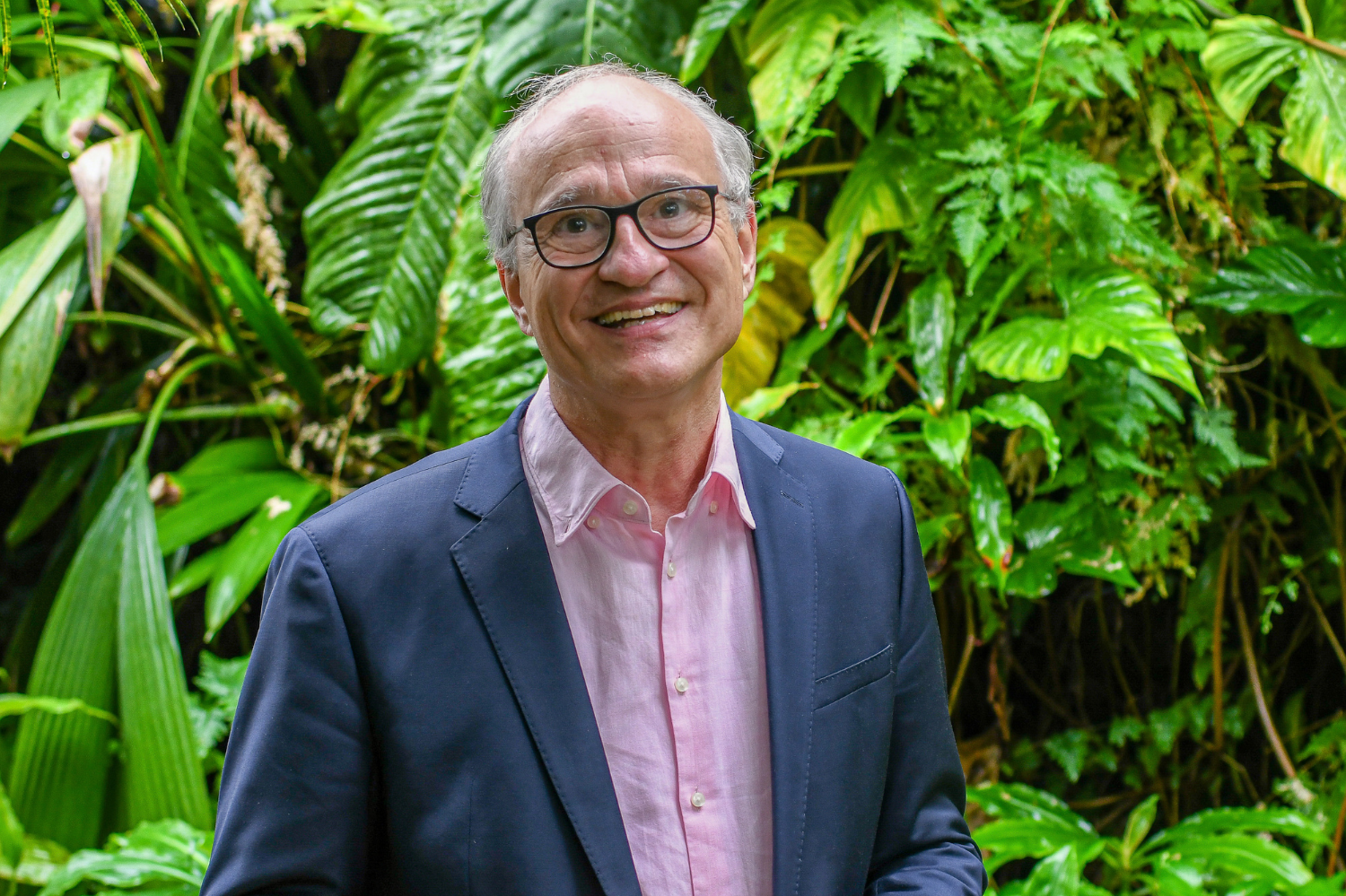
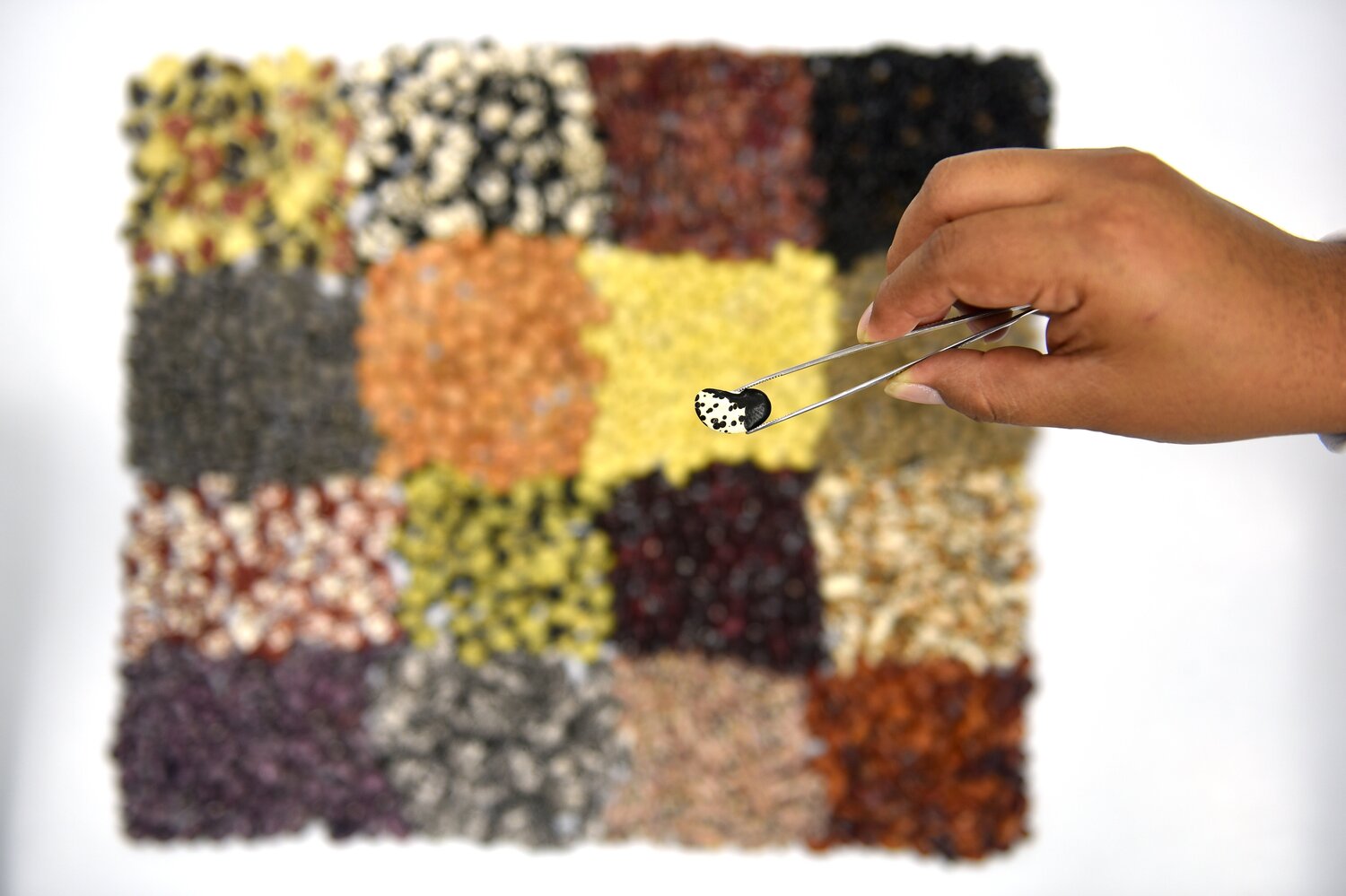
How does the Crop Trust support genebanks around the world?
Learn more
The Crop Trust was launched in 2004 to conserve and make crop diversity available for use, forever and for the benefit of everyone, through its Endowment Fund.
The Endowment Fund supports genebanks in two ways: through Long-term Grants (LTGs) and Long-term Partnership Agreements (LPAs).
LTGs cover a proportion of the costs of the essential operations of these collections around the world, in perpetuity:
|
|
Once a genebank meets agreed performance targets, it becomes eligible for a Long-term Partnership Agreement (LPA). An LPA covers all of the costs of essential operations of the genebank, forever. In 2018, the International Rice Research Institute (IRRI) and the Crop Trust signed an LPA which guarantees funding worth USD 1.4 million a year to support the conservation and availability of over 136,000 varieties of rice.
By the end of 2022, the Endowment Fund’s value stood at USD 277 million. In 2022, USD 10.9 million was withdrawn from the Endowment Fund to support long-term commitments of the Crop Trust to genebanks, the Svalbard Global Seed Vault and some operational activities of the Crop Trust Secretariat.
Learn more about the generous contributions that the Endowment Fund received and the challenges that it faced in 2022.
Key figures
CONTRIBUTIONS TO FUTURE CROP DIVERSITY CONSERVATION
USD 277 M
market value of the
Endowment Fund
Read more
New contributions for the Endowment Fund, in the amount of USD 8.5 million, were received from three donors: USAID, the Government of New Zealand and Groupe Limagrain. USD 10.9 million was withdrawn from the fund to support the core mission of the Crop Trust: to conserve and make crop diversity available for use, forever.
CROP DIVERSITY CONSERVED & USED
USD 7.3 M
in grants were provided to fund projects that strengthen the conservation and use of crop diversity
Read more
The Crop Trust, with the help of its partners, conducted a wide variety of program activities in 2022. These included the Seeds for Resilience, BOLD, the project to update several global crop conservation strategies and other activities.
DIVERSITY SAFELY BACKED UP
85,000
seed samples added to the Svalbard Global Seed Vault
Read more
As of December 2022, the Svalbard Global Seed Vault safeguards 1,194,944 seed samples from 93 genebanks and research institutions worldwide.
CROP DIVERSITY DOCUMENTED
+3 M
records of genebank samples updated in Genesys in 2022
Read more
As of December 2022, Genesys made 4,281,450 records of genebank samples publicly available to enable users worldwide to explore, identify and request crop diversity for breeding and research.
CROP DIVERSITY USED
40 years ago
scientists in Syria collected seeds of Aegilops speltoides, a wild relative of wheat
Read more
As part of the Crop Trust’s Crop Wild Relatives Project, these seeds were cross-bred with cultivated wheat, leading to the release of the durum wheat variety Jabal, to farmers in Morocco in 2022.
CROP DIVERSITY HIGHLIGHTED
1 M
reached across social media channels every month
Read more
The Crop Trust was mentioned in the media more than 700 times over the course of the year, reached about 1 million people every month across its social media channels and welcomed almost 300 people—in person and online—at a special stakeholders' gathering to celebrate crop diversity. The Crop Trust’s Executive Director, Stefan Schmitz, and other staff travelled the globe and also attended numerous online events to raise awareness of the importance of crop diversity for food and nutrition security, and of the crucial role of the Endowment Fund.
Highlights of 2022
January
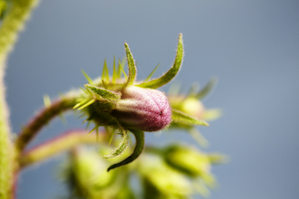
Wild Cousins Boost Eggplant Breeding on Our Warming Planet
February
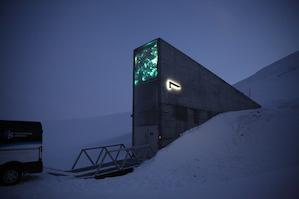
Take a Look Inside the Latest Svalbard Global Seed Vault Deposit
March
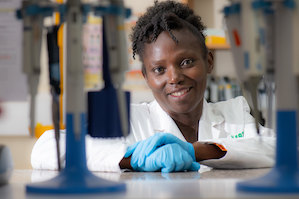
Damaris Odeny on a Career in Agricultural Science
April
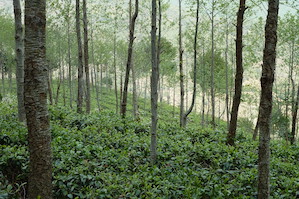
‘Diversity Trees’ Shed Light on Gaps in Genebank Collections
May
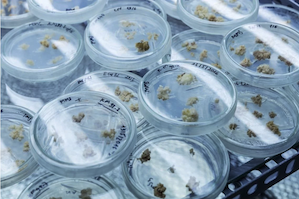
Healthy Agriculture Starts with Healthy Seeds
June
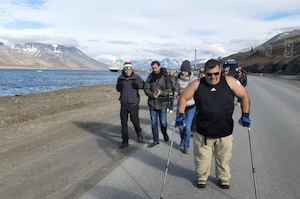
Athlete Michael Haddad Reaches Svalbard Global Seed Vault
July
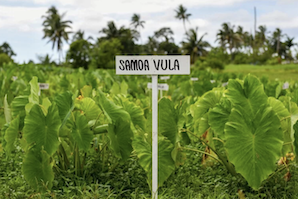
Crops in the Pacific Get a Boost to Withstand Climate Change
August
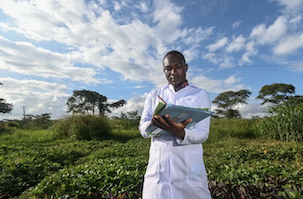
In Photos: What It Takes to Operate a National Genebank
September
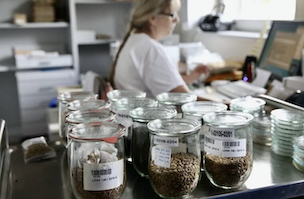
Have You Ever Wondered What a Genebank Does?
October
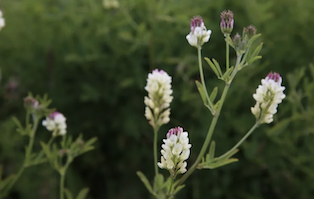
Crop Science Honors Research on Crop Wild Relatives
November
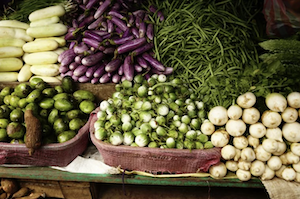
Crop Diversity Can Save Food from the Climate Crisis
December
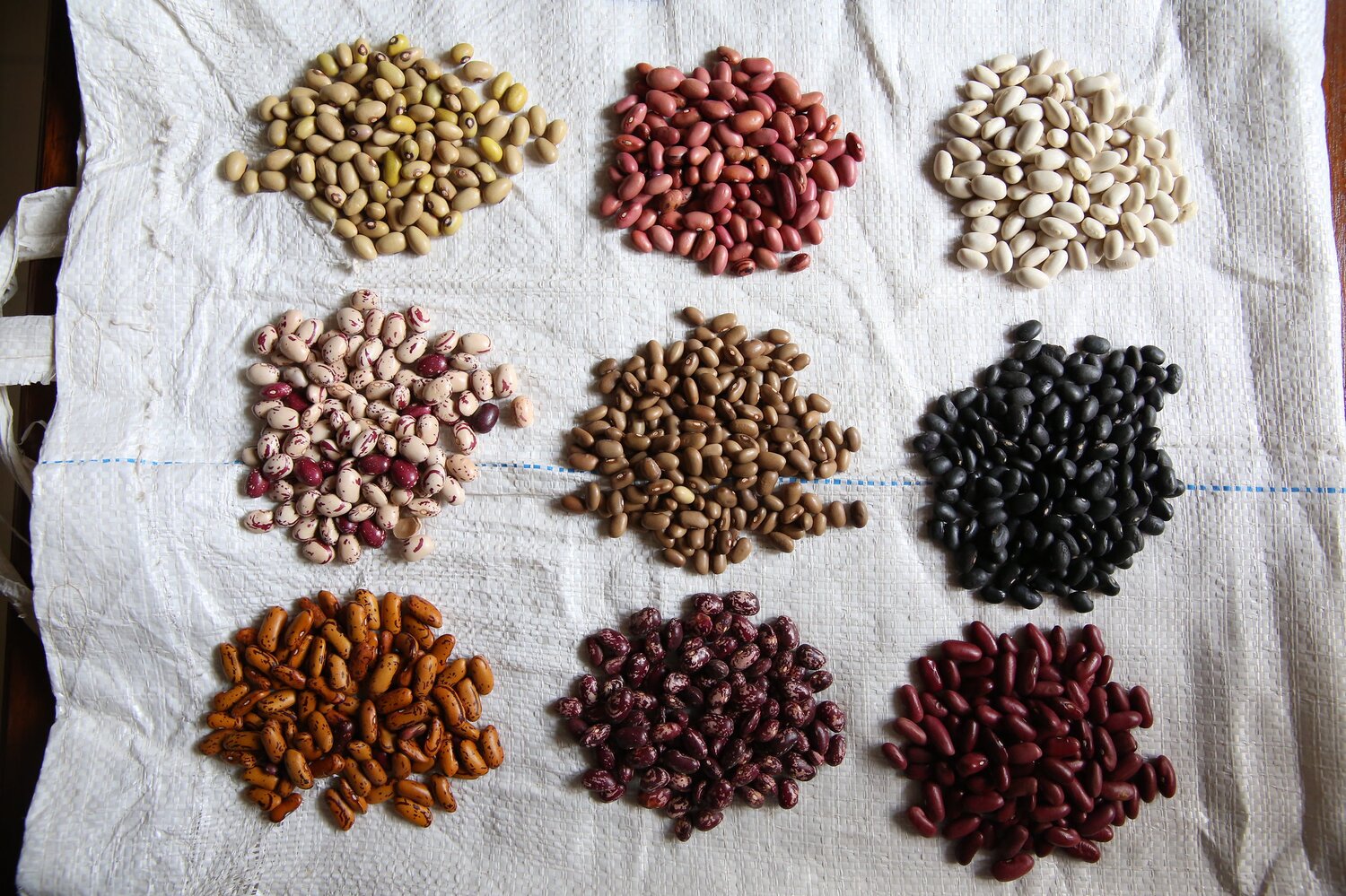
A Small Cost With a Big Benefit: Supporting Genebanks in Need
I am proud of the significant progress that we and our global network of partners have made
Read full message
As I reflect on my first year as director of programs at the Crop Trust, I am proud of the significant progress that we and our global network of partners have made in fulfilling our mission of safeguarding crop diversity and using it to make lives better. Before moving to the Crop Trust in Bonn, Germany, I served as the director of horticulture and the Center for Global Initiatives at the Denver Botanic Gardens for 16 years. I am thrilled to now have the chance to apply what I learned during that time to help make the Crop Trust ever more effective and efficient in securing the world’s crop diversity.
In 2022, we continued to provide long-term support from the endowment for the essential operations of genebanks with key international collections, and used projects to help empower numerous national genebanks with capacity development in a number of areas, including, crucially, data and quality management.
With the Crop Trust-led CGIAR Genebank Platform ending in 2021, the year 2022 was dedicated to mapping out our future partnership with CGIAR. By the end of the year, we had finalized a memorandum of understanding with the CGIAR System Organization, and the Crop Trust Programs team is now meeting regularly with the CGIAR Genebank Initiative Management Team to identify opportunities and strengthen collaboration.
I invite you to browse the stories in this Annual Report to get a glimpse of what we achieved in 2022 with our funding partners’ generous support.
As I look forward to 2023, I am excited to see how we will continue to build on the Crop Trust’s almost 20-year legacy and to expand our work strengthening the capacity of genebanks around the world to ensure a sustainable global food system.
Thank you,
Sarada Krishnan
Director of Programs, Crop Trust
